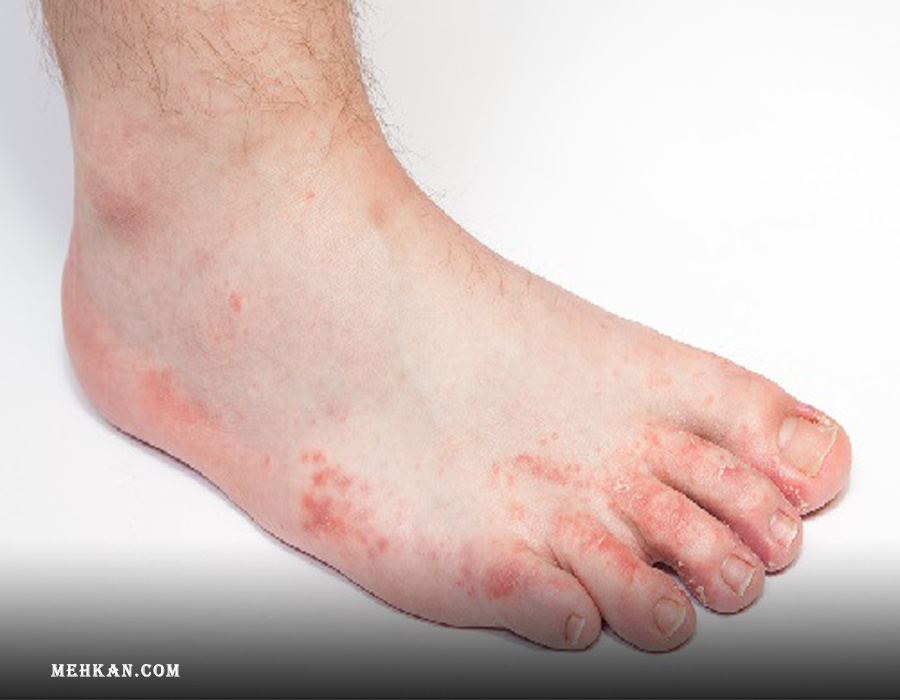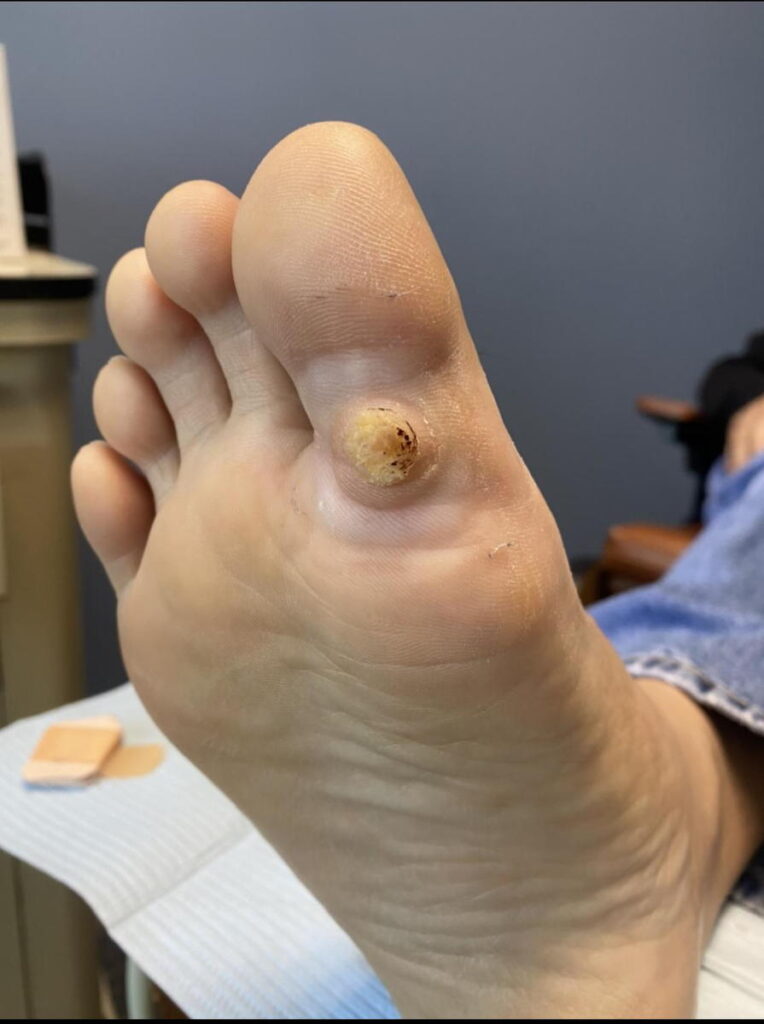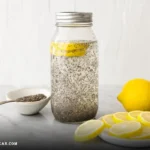
28 Jul Foot Fungal Infections in Monsoon and Effective Remedies
In the monsoon season, fungal foot infections become a common concern due to the warm and humid conditions that promote fungal growth. These infections can be quite uncomfortable and, if left untreated, may lead to further complications. In this article, we will explore the different types of foot fungal infections that occur during the monsoon and provide effective remedies to help you combat them.
Athlete’s Foot (Tinea Pedis)

Athlete’s foot, also known as Tinea Pedis, is one of the most prevalent fungal infections during the monsoon. It is caused by various fungi, such as Trichophyton rubrum, and typically affects the skin between the toes. The infection can spread to the soles and sides of the feet, leading to redness, itching, burning sensations, and peeling skin.
Remedies for Athlete’s Foot:
Antifungal Creams:
Over-the-counter antifungal creams containing active ingredients like clotrimazole, terbinafine, or miconazole can effectively treat athlete’s foot. Follow the instructions provided on the package and apply the cream accordingly.
Keep Feet Dry:
Moisture encourages fungal growth, so make sure to keep your feet clean and dry at all times, especially after bathing or walking in wet areas.
Wear Breathable Footwear:
Choose shoes made of breathable materials like mesh to reduce moisture buildup it protects from fungal infections.
Nail Fungal Infection (Onychomycosis)

Nail fungal infections, or onychomycosis, occur when fungi invade the nails. During the monsoon, nails can become weak and vulnerable, making them more susceptible to fungal attacks. Common symptoms include discoloration, thickening, and brittleness of the nails.
Remedies for Fungal Nail Infection:
Oral Antifungal Medications:
For severe cases, doctors may prescribe oral antifungal medications like itraconazole or terbinafine. Follow your doctor’s instructions carefully.
Keep Nails Trimmed:
Regularly trim your nails and keep them clean to reduce the chances of fungal growth.
Ringworm Infection (Tinea Corporis)

Ringworm is a contagious fungal infections that can affect the feet during the monsoon season. Despite its name, it is not caused by worms but by fungi known as dermatophytes. The infection appears as red, circular rashes with raised edges.
Remedies for Ringworm Infection:
Topical Antifungal Creams:
Over-the-counter antifungal creams containing terbinafine or clotrimazole can help clear ringworm infections. Gently apply the cream directly to the affected areas.
Keep the Area Clean and Dry:
Gently wash the infected area with mild soap and water, and make sure to keep it dry throughout the day.
Plantar Warts Foot Fungal Infections

Plantar warts are common foot issues caused by the human papillomavirus (HPV) infecting the skin on the soles of the feet. These warts can be painful and affect your daily activities. In this section, we will explore the effective remedies for plantar warts.
Remedies for Plantar Warts Foot Fungal Infections:
Salicylic Acid Treatment:
Over-the-counter salicylic acid preparations are available in various forms, such as liquids, gels, and adhesive pads. These treatments work by gradually removing the layers of the wart-infected skin. Follow the instructions on the product carefully.
Cryotherapy:
Liquid nitrogen can be used to freeze the wart, causing it to blister and eventually fall off. This procedure is usually performed by a healthcare professional.
Duct Tape Occlusion:
Applying duct tape over the wart may help to deprive it of oxygen, weakening the virus. Change the tape every few days and gently file the wart with a pumice stone before reapplying.
Cellulitis Foot Fungal Infections

Cellulitis is a bacterial skin infection that can occur on the feet and legs. Although it is not caused by fungi, it is essential to address it, as it can be mistaken for a fungal infection due to similar symptoms. Below, we will discuss the treatment of cellulitis foot infection.
Treatment of Cellulitis Foot Infection:
Antibiotics:
Cellulitis is typically treated with oral antibiotics. It is crucial to complete the full course of medication prescribed by your healthcare provider.
Elevating the Foot:
Elevate the affected foot to reduce swelling and promote healing.
Rest and Moisturize:
Give your foot ample rest and apply moisturizing creams to prevent the skin from cracking and becoming more susceptible to infections.
Avoid Scratching:
Refrain from scratching the infected area to prevent the spread of bacteria to other parts of the body.
Finally
Amidst the monsoon season, being vigilant about fungal foot infections is paramount, and taking preventive measures becomes crucial. Ensure to uphold proper foot hygiene, opt for breathable footwear, and incorporate antifungal remedies to safeguard against these infections. If the infection persists or shows signs of worsening, it is essential to seek guidance from a healthcare professional for accurate diagnosis and appropriate treatment. Your proactive approach will ensure healthy feet and a worry-free monsoon experience.





No Comments